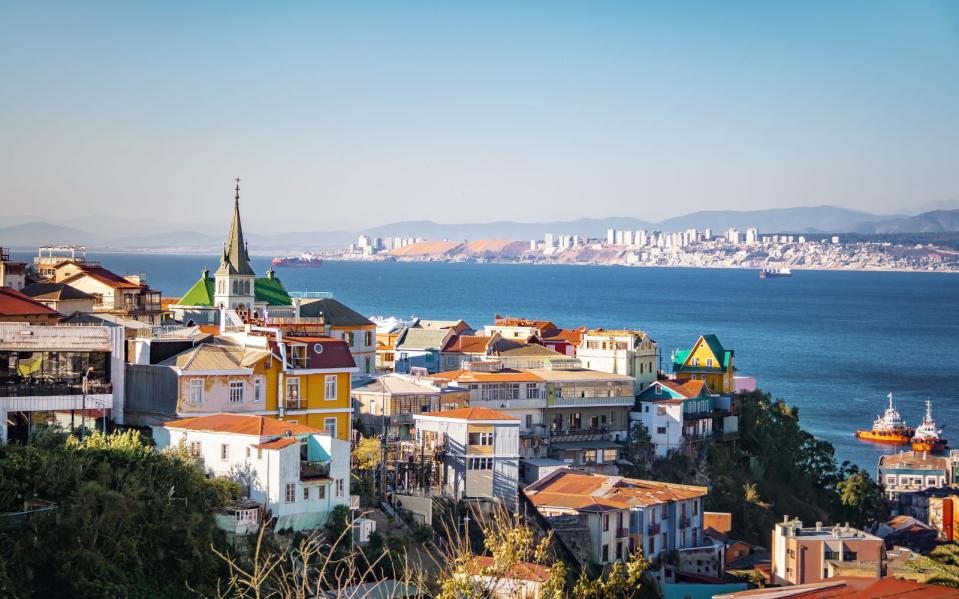Google’s Curie undersea cable now connects the US and Chile
It will begin transmitting 72 Tbps of bandwidth in 2020.
Curie, a 10,500-kilometer-long undersea cable, now connects Google data centers in the US and Chile. Today, Google announced that the fiber optic cable has been successfully installed and tested. It is expected to begin transmitting data in the second quarter of 2020, and Google is already working on a branch into Panama.
Curie (named after scientist Marie Curie) contains four 18 terabit per second (Tbps) fiber-optic pairs, which allow it to deliver 72 Tbps of bandwidth. As Google points out, 98 percent of its traffic travels through fiber optic cables, and in areas like Chile, Google cannot grow using existing cables, which are nearing end-of-life and don't have enough capacity. Submarine cable systems like Curie offer an alternative.
The fiber-optic cables are about the size of a garden hose, but they're encased in layers of steel wire, copper and a protective coating. Every 100 km there's an amplifier, or repeater, to boost the fiber-optic signal, which would fade otherwise, and Google says the cables have no adverse environmental impact.
Google previously said it has invested $47 billion over the last few years to improve its global infrastructure. That includes investments in two other wholly-owned cables: Equiano, which will connect Portugal and South Africa, and Dunant, which will connect the US and France.

 Yahoo Finance
Yahoo Finance 

